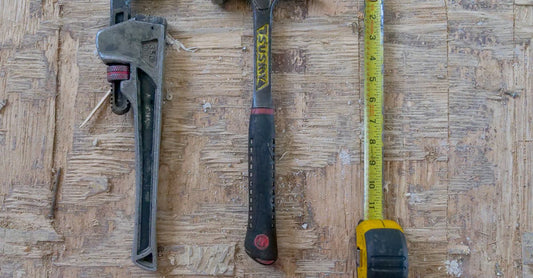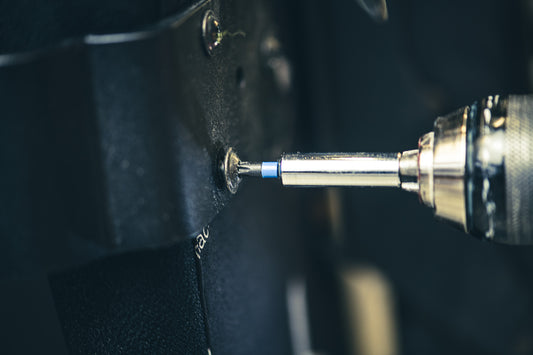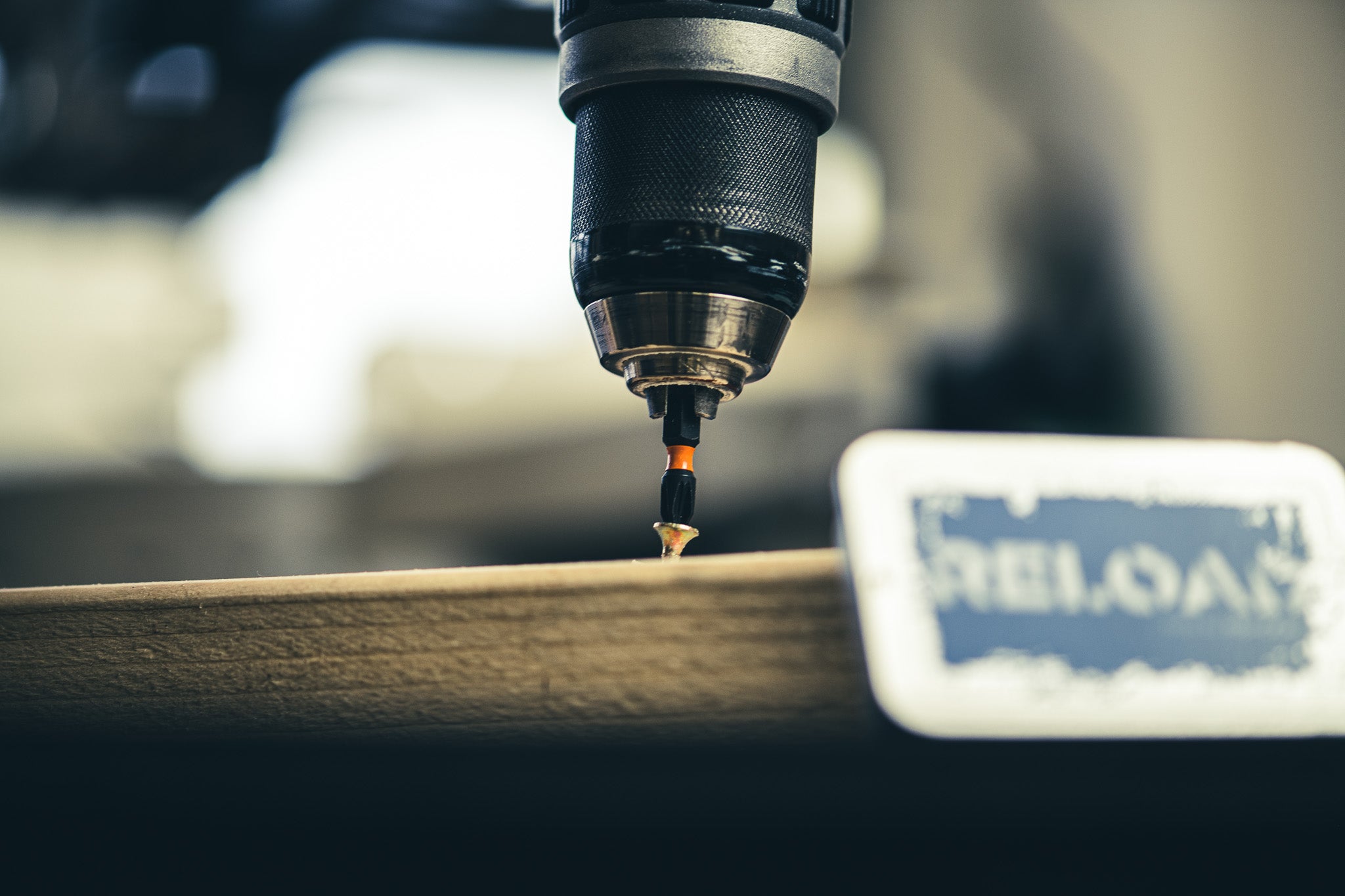In-ter-sep-ter
Noun
A device designed to prevent the flow of a liquid or gas
Example usage: The plumber installed an interceptor to protect the pipes from further damage.
Most used in: Plumbing contexts in the United States and Europe
Most used by: Plumbers, pipefitters and other tradespeople who work with liquids and gases
Popularity: 8
Comedy Value: 2
Also see: Catch basin, Drainage swale, Storm drain, Stormwater collection system,
What is an Interceptor in Plumbing Construction?
An interceptor is a device used in plumbing construction to capture and retain materials, such as sand, silt, oil, grease and other solids, before they enter the drainage system. It is typically installed in the beginning of a drainage system, such as a manhole, to prevent the drainage system from becoming clogged.
Interceptors are essential to the proper functioning of a plumbing system. They are designed to be able to trap and retain materials that could otherwise enter and damage the system, such as fats, oils, and greases (FOG). They are also important for preventing pollutants from entering the environment. In some cases, interceptors are legally required to be installed in areas that are prone to pollution.
Interceptors come in a variety of sizes and types, depending on the application. Some interceptors are designed to be installed in a manhole, while others are designed to be installed in a separate tank. The size of the interceptor depends on the size of the drainage system and the amount of material it is expected to trap. Generally, interceptors should be sized to hold at least two times the amount of material that is expected to be trapped.
According to the Environmental Protection Agency (EPA), interceptors are required in commercial and industrial areas to reduce the amount of pollutants entering the environment. In the United States, interceptors are required in restaurants, food service establishments, gas stations, car washes, and other areas where pollutants are likely to be present. In addition, interceptors are also used in residential areas to reduce the amount of pollutants entering the local water supply.
Interceptors are an essential part of plumbing construction, as they are designed to capture and retain materials that could damage the system and pollute the environment. By properly sizing and installing interceptors, it is possible to ensure that the plumbing system is functioning properly and that pollutants are not entering the environment.
.The Origin of the Term 'Interceptor' in Plumbing Construction
The term 'interceptor' first originated in the early 1900s in England, where it was used to describe a type of drainage device. This device was designed to intercept waste water from properties and carry it away to a drain or sewer. It was a common feature in most plumbing systems.
The term was first used in plumbing construction in the 1930s in the United States. It was used to refer to a type of plumbing fixture that was installed between the drainage system and the sewer system. This fixture was designed to capture solids and other debris before it reached the sewer.
The term 'interceptor' is still used today in plumbing construction. It is used to refer to a variety of fixtures, such as grease traps, oil separators, and silt traps, which are designed to trap solids and other debris before it reaches the sewer system.




